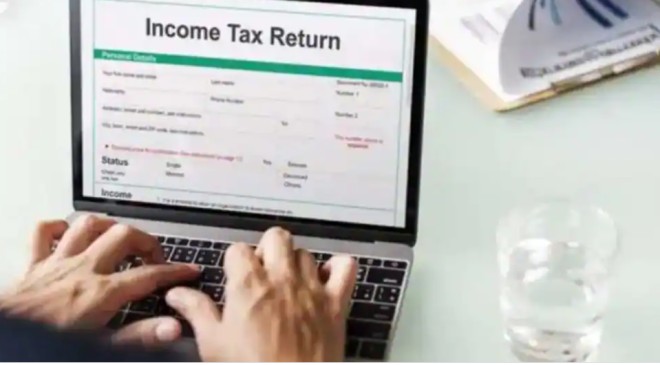As the new financial year 2024-25 sets in on April 1, 2024, salaried individuals are needed to stay informed of key income tax (I-T) regulations to manage their finances effectively. Here are some of the imperative I-T rules that one should follow and comply to ensure smooth tax filing and financial planning.
Selection of Tax Regime
Salaried employees must make a pivotal decision between the old and new tax regimes for TDS on salary. Failure to communicate this choice to the employer will lead to default tax deduction under the new regime.
Read More: TAC Infosec IPO allotment: How to check status, latest GMP and details here
Exemption Limits
The basic exemption limit varies between the old and new tax regimes. Currently, under the new regime, income up to Rs 3 lakh is exempt from tax for all individuals. In contrast, the old regime’s limit fluctuates based on the individual’s age.ac
I-T Slabs
New Regime
- 0% tax on income up to Rs 3,00,000
- 5% tax on income from Rs 3,00,001 to Rs 6,00,000
- 10% tax on income from Rs 6,00,001 to Rs 9,00,000
- 15% tax on income from Rs 9,00,001 to Rs 12,00,000
- 20% tax on income from Rs 12,00,001 to Rs 15,00,000
- 30% tax on income above Rs 15,00,000
Old Regime
- 0% tax on income up to Rs 2,50,000
- 5% tax on income from Rs 2,50,001 to Rs 5,00,000
- 20% tax on income from Rs 5,00,001 to Rs 10,00,000
- 30% tax on income above Rs 10,00,000
Zero Tax for Both Regimes
Read More: TAC Infosec IPO allotment: How to check status, latest GMP and details here
Both the regimes, new and old, offer tax rebate under Section 87A, resulting in zero tax payable if the net taxable income does not exceed a specified limit. Notably, the new regime offers a higher tax rebate compared to the old regime.
Deductions and Exemptions
While both regimes provide deductions and exemptions, the old regime offers a broader spectrum, including Section 80C, 80D, 80CCD (1B), home loan interest, education loan interest, and donations. On the other hand, the new regime offers fewer deductions, notably a standard deduction of Rs 50,000 and Section 80CCD (2) deduction for NPS contributions.
Read More: K2 Infragen IPO: Check Subscription Status, GMP Today
Filing ITR on Time
To opt for the old tax regime while filing the income tax return, it must be submitted before the July 31 deadline. Selecting the old regime is contingent upon filing the ITR on time.
Surcharge Rates
High-income earners opting for the new regime will encounter a reduced surcharge rate of 25 per cent for incomes exceeding Rs 5 crore. Conversely, opting for the old regime entails a 37 per cent surcharge rate. Additionally, ITR-1, ITR-2, ITR-4 forms for FY23-24 (AY 2024-25) are now accessible on the e-filing income tax portal. Excel Utilities and Offline Utilities for filing are also available for AY 2024-25.
Read More: K2 Infragen IPO: Check Subscription Status, GMP Today





































